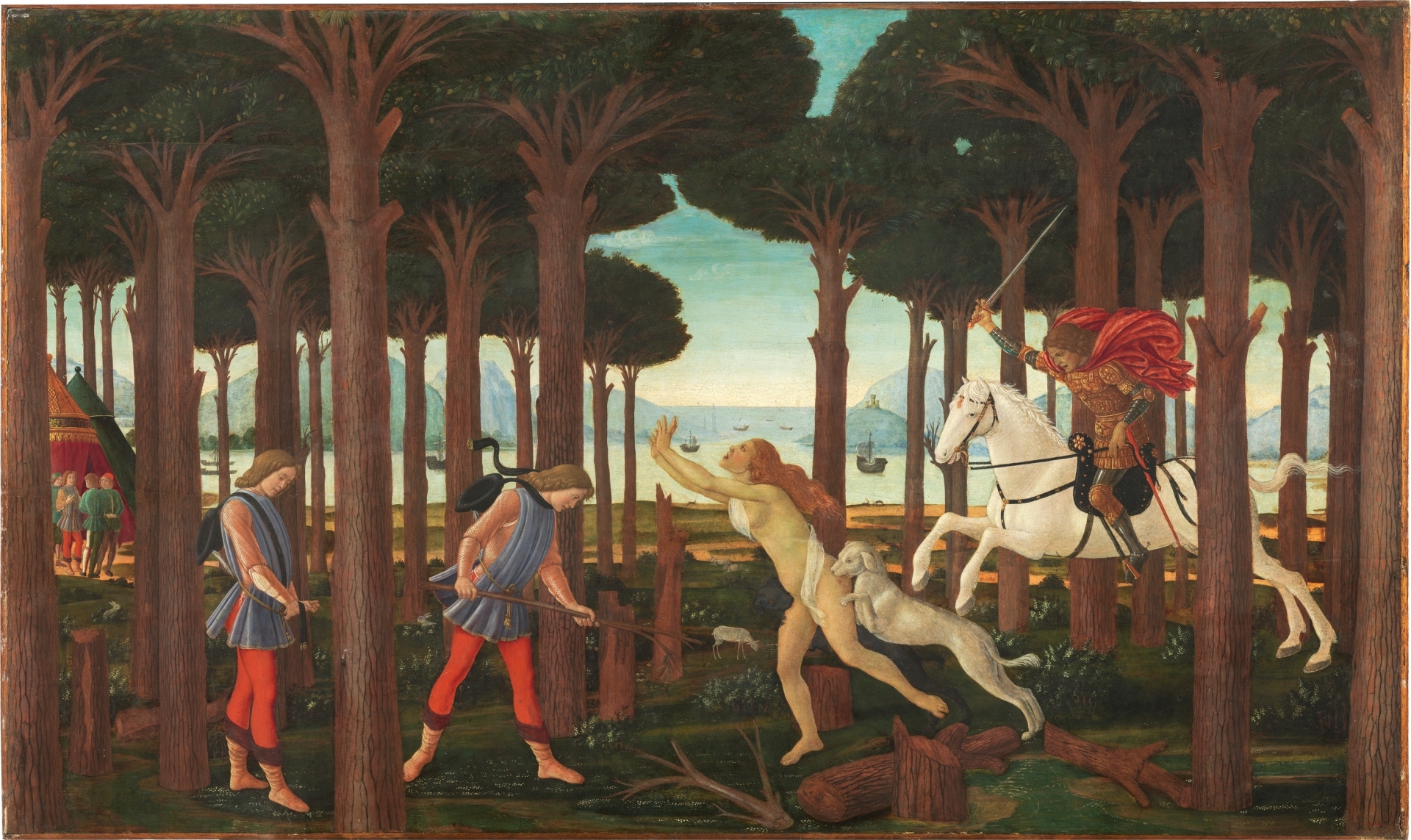
Botticelli painted the same woman in all his pictures
Did you know that many of Botticelli's famous paintings feature the same model? That's right, the Italian Renaissance artist used the same woman as a model for his masterpieces, such as The Birth of Venus or Springtime. Why did he do it? Who was this woman? What did she mean to him? In this article we tell you everything we know about Botticelli's mysterious muse.
Was it common in the Renaissance to always use the same model?
The first thing to know is that Botticelli was not the only one who used the same model. In the Renaissance, it was common practice among painters to use the same people as models for their works, especially if they were women. There were several reasons for this: on the one hand, it was difficult to find women willing to pose nude or semi-nude for an artist, as this could damage their reputation or expose them to risk. On the other hand, it was more economical and practical to use the same model, since it saved time and money in finding and hiring others.

Madonna and Child with Five Angels, Botticelli, Musée du Louvre
Moreover, by using the same model, the painter became familiar with her features and proportions, and could paint her more easily and accurately. He could even paint her from memory, without having to have her in front of him. This allowed the artist to concentrate more on the symbolic and aesthetic aspect of the work, and less on realism. Thus, the model became an idealized representation of feminine beauty, and not a concrete person.
But then, who was Botticelli's model? Did she have any special bond with him?
Who was Botticelli's model? According to some art historians, the woman who appears in many of his paintings was named Simonetta Vespucci, and she was a Florentine lady of great beauty and culture. It is said that Botticelli was smitten with her when he first saw her in a parade in 1475, and that from then on he used her as a model for his works. However, Simonetta was married to a noble friend of the Medici, the powerful family that ruled Florence and was Botticelli's patron. Therefore, it is believed that the painter's love for his model was platonic and unrequited.
Simonetta died young, at the age of 22, in 1476, victim of tuberculosis. Her death caused a great commotion in Florence, and a public funeral was held for her, attended by thousands of people. It is said that Botticelli never recovered from his loss, and continued to paint his image until the end of his days. It is even said that he asked to be buried at Simonetta's feet when he died. However, there is no definitive proof that this was true.

Scenes from The Story of Nastagio degli Onesti, Botticelli, ©Museo Nacional del Prado
What is certain is that Botticelli created some of the most beautiful and influential works of the Renaissance, and that his model continues to fascinate the world with her angelic face and deep gaze. We may never know for sure who this woman was, or how Botticelli felt about her, but we can admire her art and her legacy in the museums and galleries where his paintings are exhibited.
Some of her works, like the ones in this article, are exhibited in museums such as the Prado Museum or the Louvre Museum. If you are interested in the subject we recommend El Prado Guía de Arte, an essential art guide to discover and learn the essentials of the greatest works, artists and styles in the Prado Museum, including authors and analysis of these and other works. You can also find our book The Louvre Art Guide.
The Prado Art Guide: https://www.amazon.com/Prado-Art-Guide-essential-masterpieces/dp/8418943408

